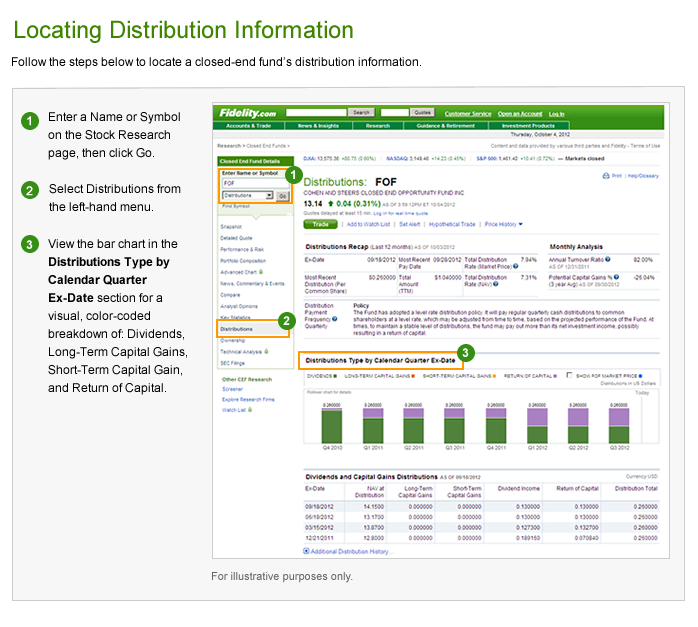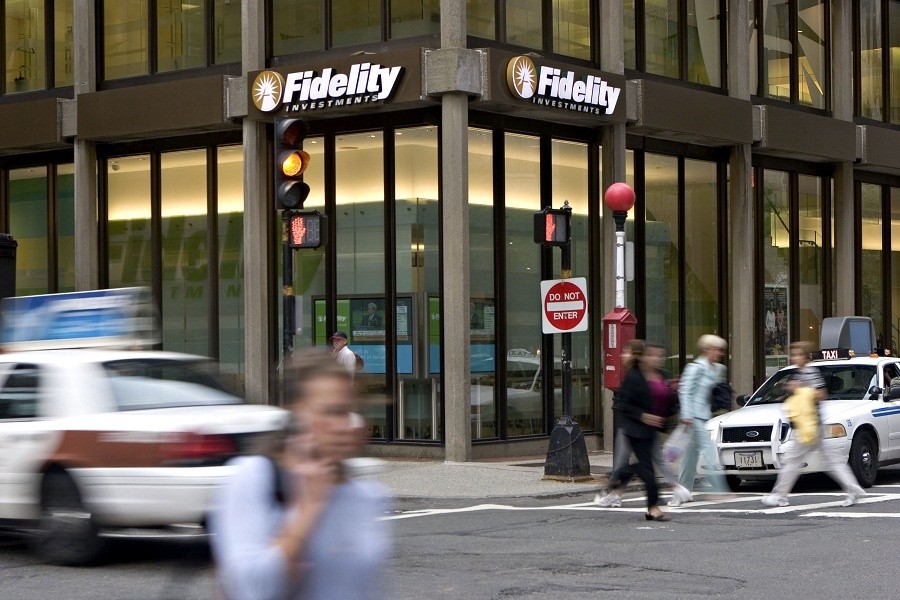Fidelity Learning Center Expense Ratio
Post on: 9 Июль, 2015 No Comment

Your e-mail has been sent.
One of the basic tenets of investing is Don’t pay more in fees than necessary. You can’t control whether you’ll make a profit or loss on any investment, but you can control what you pay to acquire and hold the investment.
Fees are fairly consistent, in the sense that they consistently eat into your profits (also known as your return on investment, or ROI). This is one area where investors should focus a lot of their attention. But the sad fact is that many investors never consider fees when evaluating an investment.
Lower fees should be one of your top priorities in any investment product. Smaller fees equal more money in your pocket. Sometimes you need to pay more for a higher level of service, but not in index-based products.
In a mutual fund’s prospectus, after the load disclosure is a section called Annual Fund Operating Expenses. This is better known as the expense ratio. It’s the percentage of assets paid to run the fund. Many costs are included in the expense ratio, but typically only three are broken out: the management fee, the 12b-1 distribution fee, and other expenses. And, it’s not that easy to find out what fees are contained in the other expenses category. The size of the expense ratio determines how much money the investor ends up with.
ETFs avoid many of these fees because the fund usually doesn’t buy or sell the stock held in its portfolio. This may sound strange: The fund holds stock but doesn’t buy stock. That’s the secret. By not buying stock, the ETF avoids all kinds of charges. It puts the burden on the people or firms causing the trades. It does this through a unique device called the Creation Unit.
Just because the ETF doesn’t buy shares of stock, that doesn’t mean it doesn’t own stock. It does. It holds all the stocks in the index. So, how does an ETF acquire its stock? It acquires the shares through a fairly simple barter with a firm called an authorized participant (AP). The AP can be an investment bank, a specialist firm, a broker-dealer or another market participant. It just has to be a member of the Depository Trust & Clearing Corporation, which is the clearinghouse and depositary organization responsible for settling stock trades.

There are a few other factors that help reduce expense ratios for ETFs: there’s no cash drag, there’s less likelihood of style drift, and due to their innate structure the fund portfolio remains static.
By creating a way for the ETF to hold stocks without buying stocks, it doesn’t have to pay brokerage commissions or any other transaction costs—that’s a major area of cost savings. The buying and selling costs, the brokerage costs, and the transfer agency costs associated with buying the portfolio stocks and transferring them to the ETF are all borne by the AP. The AP even pays the fund’s custodian a fee to receive the shares into the fund and another to deliver the shares out of the fund. That’s because the AP, not the fund, is responsible for gathering the stocks for the creation unit and for taking them back upon redemption.
As always, there are exceptions. Non-equity ETFs composed of alternative assets such as commodities are composed differently and have different holding structures and different associated costs.
Fees are the investor’s enemy. They destroy returns. Lower fees should always be near the top of an investor’s priority list in purchasing any investment product. Smaller fees equal more money in your pocket.














